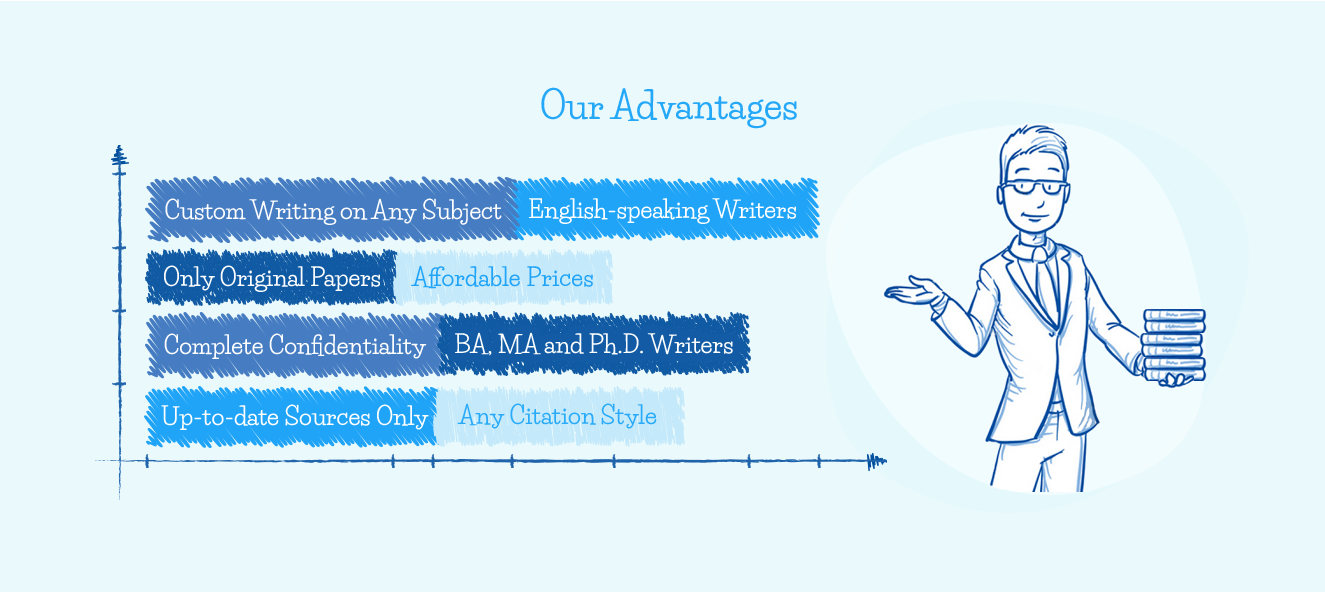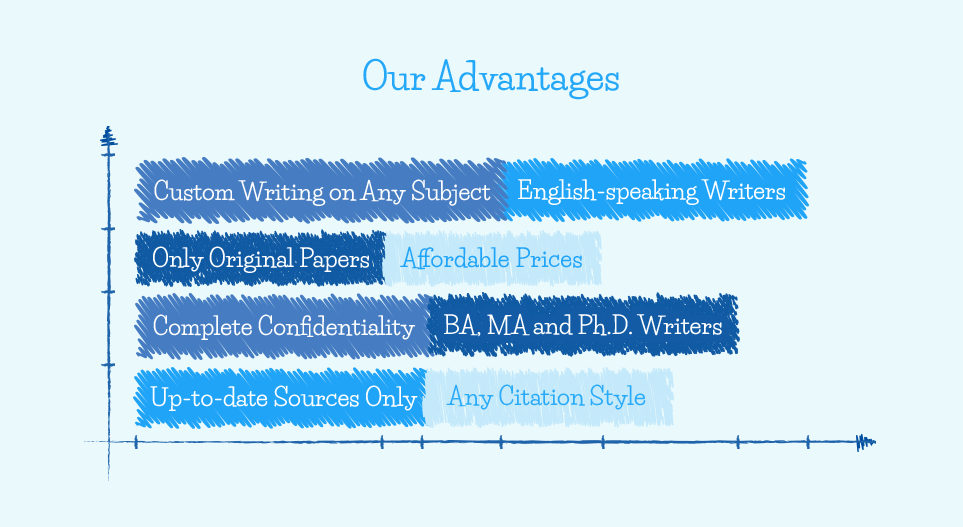India and China
In the upcoming decades, the Chinese and Indian economies will be among the leading world economies in terms of GDP but not always in terms of growth rates. China’s development will slow down, mostly because of the aging population and labor shortage. In turn, India will have more resources to maintain the high rates of development. However, it will have to give way to a number of rapidly developing countries.
India is a federal parliamentary republic; its president is the head of the state, while the prime minister is the head of the government. India has a dual political system. The double government consists of states at the periphery and the central authority. The constitution defines the limitations of the state and central governments as well as organizational powers. The national laws precisely conform to it. The bicameral legislature consists of an upper house, the council of states that represent the states, and a lower house that represents the people. The government is formed according to the results of elections, which are held every five years. In turn, China is a socialist republic, run by the communist party and headed by the general secretary. The communist party and state council as well as local and provincial representation exercise the power within the country. China is a one-party state, and the general secretary of the communist party holds the authority and power over the government and country.
The main difference between the two countries is that China is a state, led by the communist party, while India is a federal parliamentary republic. Moreover, the Chinese have one ruling party that controls eight small parties, while India has many national and regional political parties that can easily express their views regarding the ruling of the main party. In the context of political pressure, there are not so many groups in China that would demonstrate open opposition to the ruling party. In India, on the contrary, there are many oppositional parties, including the separatist group seeking autonomy, militant religious organizations, nationalist organizations, social reform, anti-corruption, and environmental groups, operating locally and statewide.
The major failure in China that has a direct relation to the whole political system is the failure to build a democratic society and follow the example of other countries, which highly value democratic principles. The country has entered a new period of severe dictatorship and established a repressive autocracy and arbitrary government. The bold consolidation of power by its current president Xi Jinping will enhance fear and threat. Greater repressions will make individuals think of power centralization, which prevailed during Stalin’s rule. However, people hope that Xi Jinping will not engage in mass executions. Despite that, mass detentions have become a common practice in the country in recent years.
The economist and philosopher Amartya Sen is well-known for his work on famine and assertion that this issue does not occur in democratic countries and those living under functioning democracies. He explains that as the government has to win elections and the authorities are more likely to face public criticism, they have an incentive to undertake radical measures to prevent catastrophes and famine. This proposition has shaped the thinking of policymakers and relieved workers, who deal with hunger. The Supreme Court forced the government to use its power and surplus to address the issue of starvation.
According to Sen’s theory, famine does not occur in democratic nation-states, and this aspect can be well applied to such countries as India. The country’s economic performance has been remarkable since its independence. Its national product has significantly increased in comparison to the population. Agriculture that is no longer stationary has provided India with an opportunity to be self-sufficient and help the population in case of issues, including hunger. The country has not faced famine since gaining independence in 1947. However, floods and droughts have threatened the nation. When India became independent after long years of living under colonial rule, the government adopted a democratic political system along with many countries. Extensive political parties and freedom of speech have been provided to the population as well. The famine prevailed in the British era and economic growth replaced economic stagnation.
In the democratic system, which India highly values, addressing drawbacks, shortcomings, and failures requires adequate policy rethinking by competent authorities and a clear public understanding of both economic and social deprivations in the country. The deep inequality in modern Indian society forces the public to engage in a public discussion to address major concerns. It is also expected that the promotion of democratic values in such a country as India can provide numerous positive opportunities for the public to fight injustice and properly deal with pressing social and economic issues.
Since the 1970s, Chinese officials have moved to the market-driven economy and started implementing socio-economic reforms in a more gradualist manner. It led to efficiency gains that have significantly increased GDP. Reforms focused on providing autonomy for state enterprises, phasing out collectivized agriculture, expanding price liberalization, fiscal decentralization, growth of the private sector, and the development of the banking system and stock markets. China pursues an industrial policy, supports key sectors, and restricts investment regimes. Currently, the country’s income per capita is below the world average.
In turn, India’s national economy is diverse. It encompasses traditional farming, modern agriculture, industries, and services. Less than half of the workforce is engaged in the agricultural sector. However, services are still regarded as the main source of economic growth, accounting for 2/3 of output but hiring less than 1/3 of the workforce. India has become the main exporter of IT services, software workers, and business outsourcing services. However, income per capita remains below the global average. India develops into an open-market economy. However, past policies remain. Economic liberalization measures such as reduced control over foreign investments and trade, privatization of state-owned enterprises, and industrial deregulation began in the 1990s and accelerated the national growth further.
India is behind China in the context of social progress and economic development. The main reason is that the country started liberalizing its national economy nearly 13 years later than China. India is also poorer because it pays particular attention to poverty. Officials use significant national resources to subsidize the poor population and provide jobs for them. The country pursues the redistribution of wealth, but due to a lack of national wealth, the Indian officials redistribute poverty, and the whole population is still poor. Government, senior ministers, and bureaucrats are very concerned about the jobs. Inadequate labor laws have protected the organized labor sector at the expense of other people. These laws have served as a great disincentive for companies and organizations to hire workers. Wrong economic policy and different visions, expressed by the authorities and government, have played a decisive role in making Indian poorer than it was before. In order to change the situation, Indian officials are encouraged to review the developed socio-economic policies.
Despite differences, both countries have some similar features. There are substantial poverty rates, endemic corruption, discrimination against children and women, development of distribution systems throughout the territory, maintenance of intellectual property rights, transport systems and infrastructure for agricultural purposes, provision of job opportunities in sectors other than agriculture, control of migration, and reform of the scholastic system. Both countries concentrate on managerial experience and advanced technologies and try to reduce their dependency on foreign investments, thus promoting internal growth, based on government investments and domestic consumption.
How it works
Step 1
Visit our website and go to the order formStep 2
Fill in specific essay details in your order description sectionStep 3
Pay for your custom essay and get your order verifiedStep 4
Process of writing your academic assignmentStep 5
Editing and anti-plagiarism checkStep 6
On-time delivery of an already written essayThe rate of economic growth in India is nearly 8% annually, and it is expected to increase by 9%. There is great speculation on when India will surpass China, whose annual growth rate is nearly 10%. Economic growth enhances human abilities and helps to significantly raise living standards and eradicate poverty in India. While economic growth is critical for improving living conditions, its impact and reach highly depend on what the population does with the increased income. The relationship between the improvement of living standards and economic growth depends on such factors as socio-economic inequality and the government’s use of public revenue that is generated by economic progress.
The major statistics on China and India and the quality of life in these countries are mostly provided in such credible and reliable sources such as World Bank and the United Nations. They show that the average life expectancy in China is 73.5 years of age, while in India, it is 64.4 years. The rate of infant mortality is 50 per 1,000 people in India, compared to 17 per 1,000 people in China. The mortality rate for children under the age of 5 is 66 per 1,000 persons for Indians and 19 — for the Chinese. The rate of maternal mortality is 230 per 100,000 births in India and 38 per 100,000 births in China. The average schooling years in India are 4.4 years in comparison to 7.5 years in China. The literacy rate of Chinese adults is 94%, while the literacy rate of Indians is 74% according to the statistical data, provided by the World Bank and the United Nations.
Due to efforts made by India’s officials to improve schooling among young people, the rate of literacy among females aged 15-24 has increased. However, the rate is nearly 80%, while Chinese young females aged 15-24 demonstrate 99% of literacy. One of the serious failures, faced by India in recent years, is the undernourishment of a significant number of Indian children if compare to the small proportion, demonstrated by the Chinese population.

















